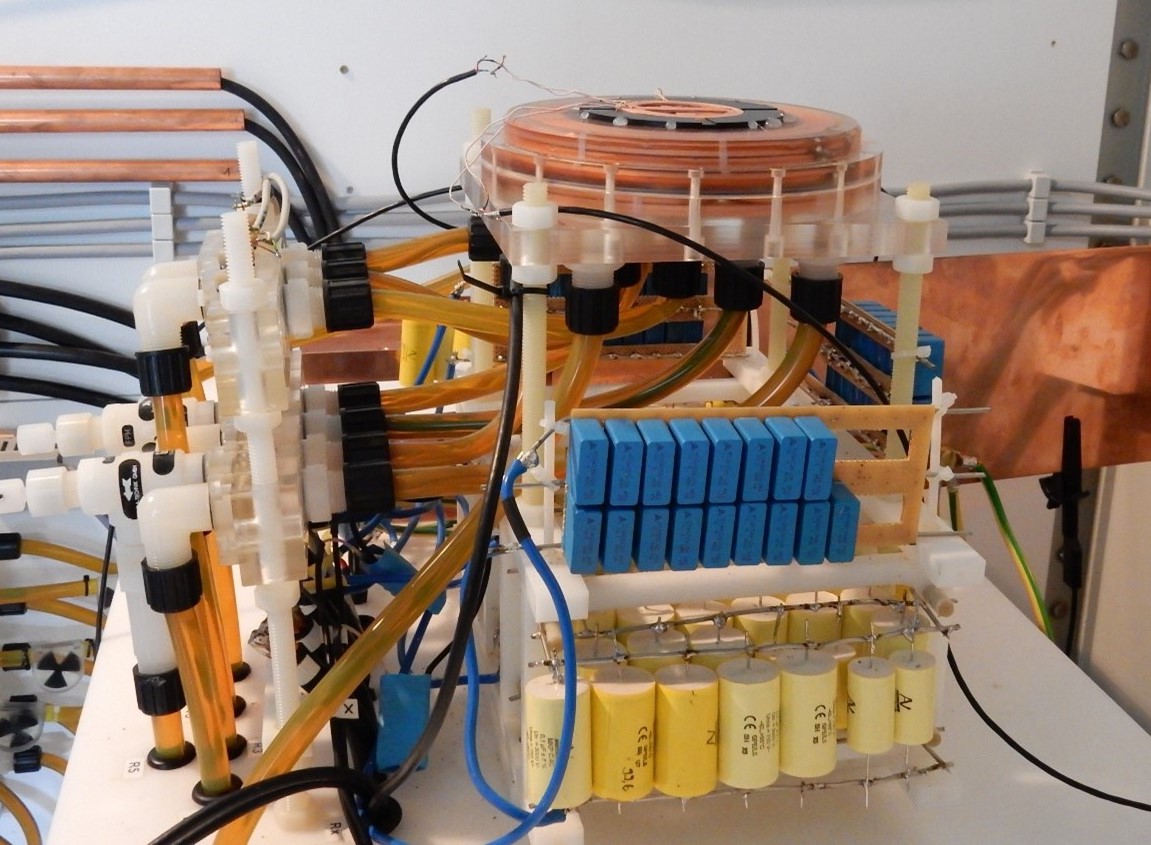Precise lymph node detection without radioactive tracers
About
The Single-Sided Magnetic Particle Imaging (MPI) system is characterized by a hardware structure that does not enclose the object to be measured, but is only located on one side of the object. This makes the system particularly suitable for near-surface particle imaging, even for large objects. A promising area of application for this imaging technique is the precise and non-invasive detection of sentinel lymph nodes, particularly in patients with breast cancer.
Opportunity
Breast cancer is the most common malignant tumor disease in women, accounting for 24.2 % of cases. In order to be able to detect the lymph nodes that perform a sentinel function in relation to the metastasis of the primary tumor in clinical routine, the lymph fluid of the breast is currently marked with a radioactive tracer and its activity is tracked up to the sentinel lymph node. The radioactively labeled sentinel lymph nodes are then selectively located, surgically removed and histopathologically examined. The use of radioactive tracers has repeatedly led to supply bottlenecks in the past and is also associated with significantly higher treatment costs than the use of superparamagnetic tracers.
Solution/Product description
By using superparamagnetic tracers in combination with the single-sided MPI system, it is conceivable that the use of a radioactive tracer can be dispensed with in the long term. This would minimize operation-related morbidity of the axilla, ensure constant availability of the required tracer and reduce treatment costs. In addition, clinics without a nuclear medicine department could also carry out the treatment.
Why Us
The single-sided scanner is unique in this form worldwide. The close collaboration with the Department of Obstetrics and Gynecology at the University Medical Center Schleswig-Holstein on the Lübeck campus means that the development of the device is directly related to the application.
